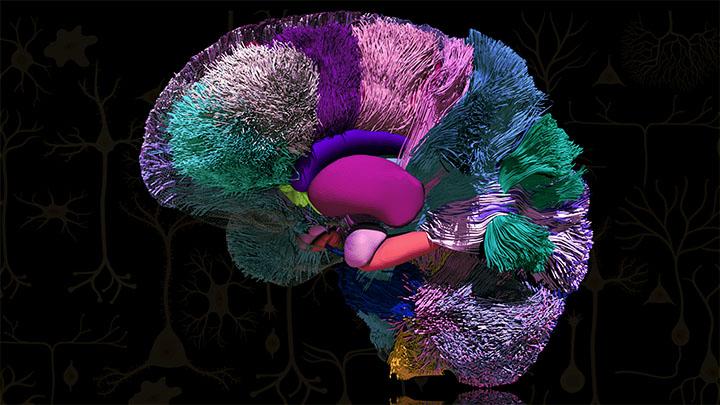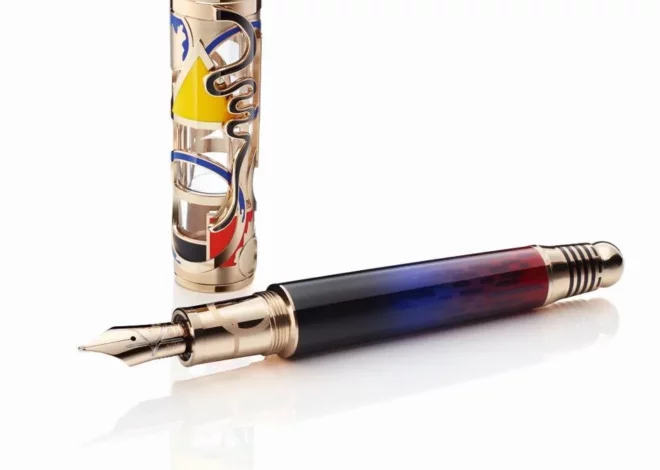
Art and Your Brain: A Fascinating Connection
Have you ever wondered what goes on between your brain Art and Your Brain when you’re looking at a beautiful piece of art? Well, wonder no more! The U.K.’s Art Fund has come up with a cool project that lets you see how your brain reacts to different works of art. It’s like a peek inside your mind while you’re at a museum.
Art and Your Brain: Visualizing Brain Activity

Picture this: You’re at a museum, wearing a slim, wireless headset that’s a bit like glasses. It has sensors that touch your forehead and sit behind your ears. When you put it on, your brainwave activity is sent to a big screen in the room. An expert watches your brain in action, and you get to see it too! The brainwaves create colorful, looping ribbons on the screen.
Art and Your Brain: My Brain in Action
I tried out this brain-reading tech, and it was super interesting. As I strolled around the art gallery, I was conscious of thinking and reacting like I normally would. While I looked at some calming still-life paintings, my brain ribbons glowed with lighter gold threads, showing that I found them familiar and comforting.
Then, I approached a much murkier and abstract painting. My brain ribbons transformed into corkscrew shapes, which means I was deep in thought. When I was just walking around the room, there wasn’t much happening with my brainwaves.
What the Shapes Mean
The shapes on the screen simplify what’s happening in your brain. They represent a specific kind of brainwave called the beta range, associated with conscious thought. The creative folks behind this project wanted to show when we recognize something and when we really think about it. They want the brain data to be both informative and pleasing to the eye.
Art and Your Brain: Different Art, Different Reactions
The art you’re looking at can affect how your brain behaves. In my case, I was in a gallery filled with 20th-century British art, including a lot of abstract paintings. If you were in a gallery with famous masterpieces by artists like Van Gogh, Manet, and Cézanne, your brain might show more recognition threads and less confused contemplation.
Why Art and the Brain?
Art Fund started this project because they found that many people in the U.K. visit museums or galleries less than once a year, and some feel that art doesn’t have an impact on them. They hope that by showing how art affects our brains, it will get more people excited about art and museums.
A Neuroscientist’s Take
Dr. Ahmad Beyh from Rutgers University, a real brain expert, thinks this project is a fantastic way to connect science and art. He’s interested in how our brains understand beauty. When we experience something beautiful, like art or music, our medial orbitofrontal cortex gets super active. This part of the brain is linked to pleasure, reward, and deep thinking. So, when we’re looking at art, our brains are working hard!
The Cool Brain Tech
The headsets we wear in the galleries are lightweight and wireless, making them way more user-friendly than the ones scientists use in labs. Still, they can capture data in real-time, making them a bridge between the world of science and the world of art. It’s a great way to see how art engages our brains and makes us feel all those awesome emotions. So, next time you visit a museum, you might get a peek into your own brain and discover how art impacts you!

